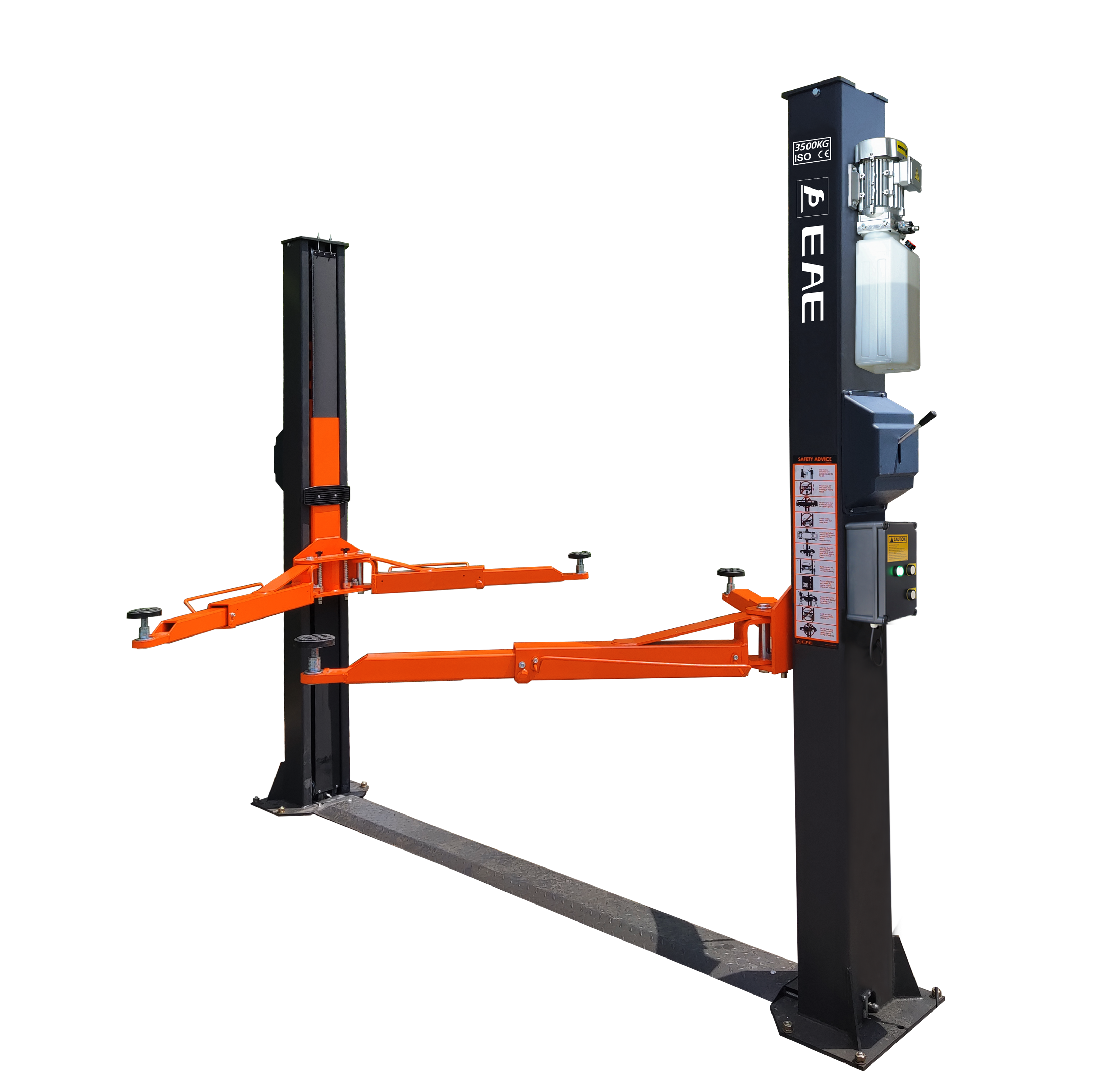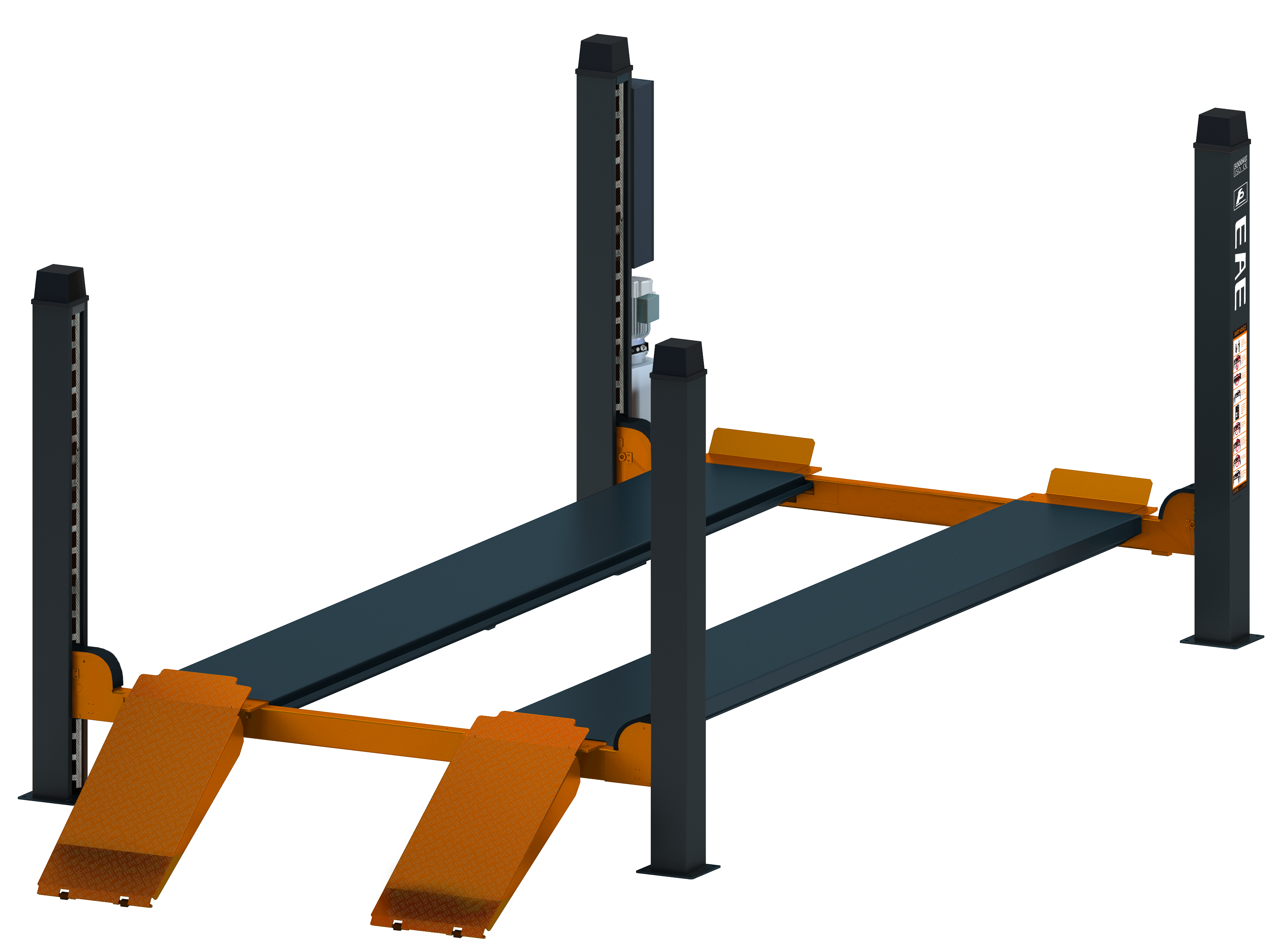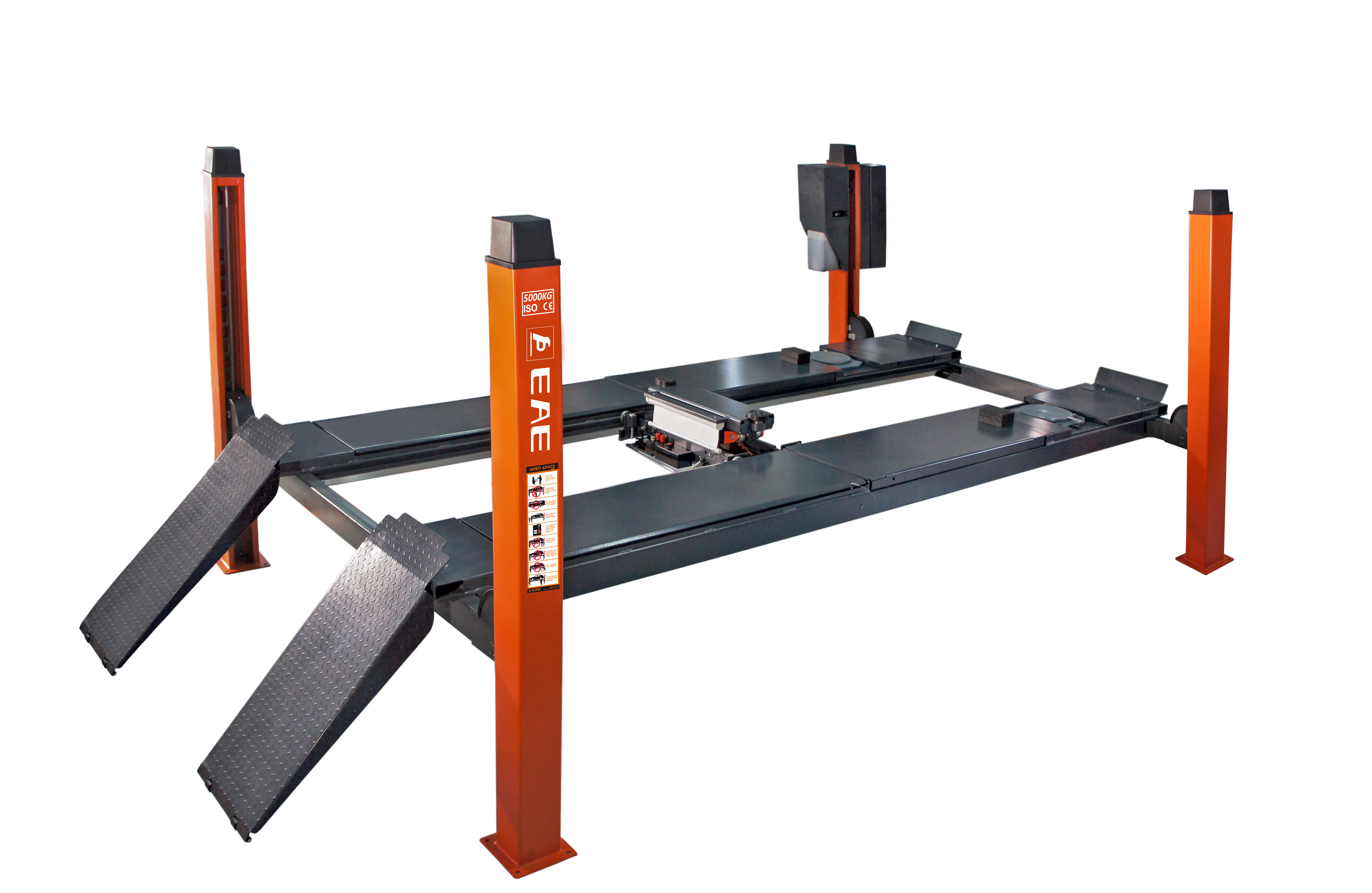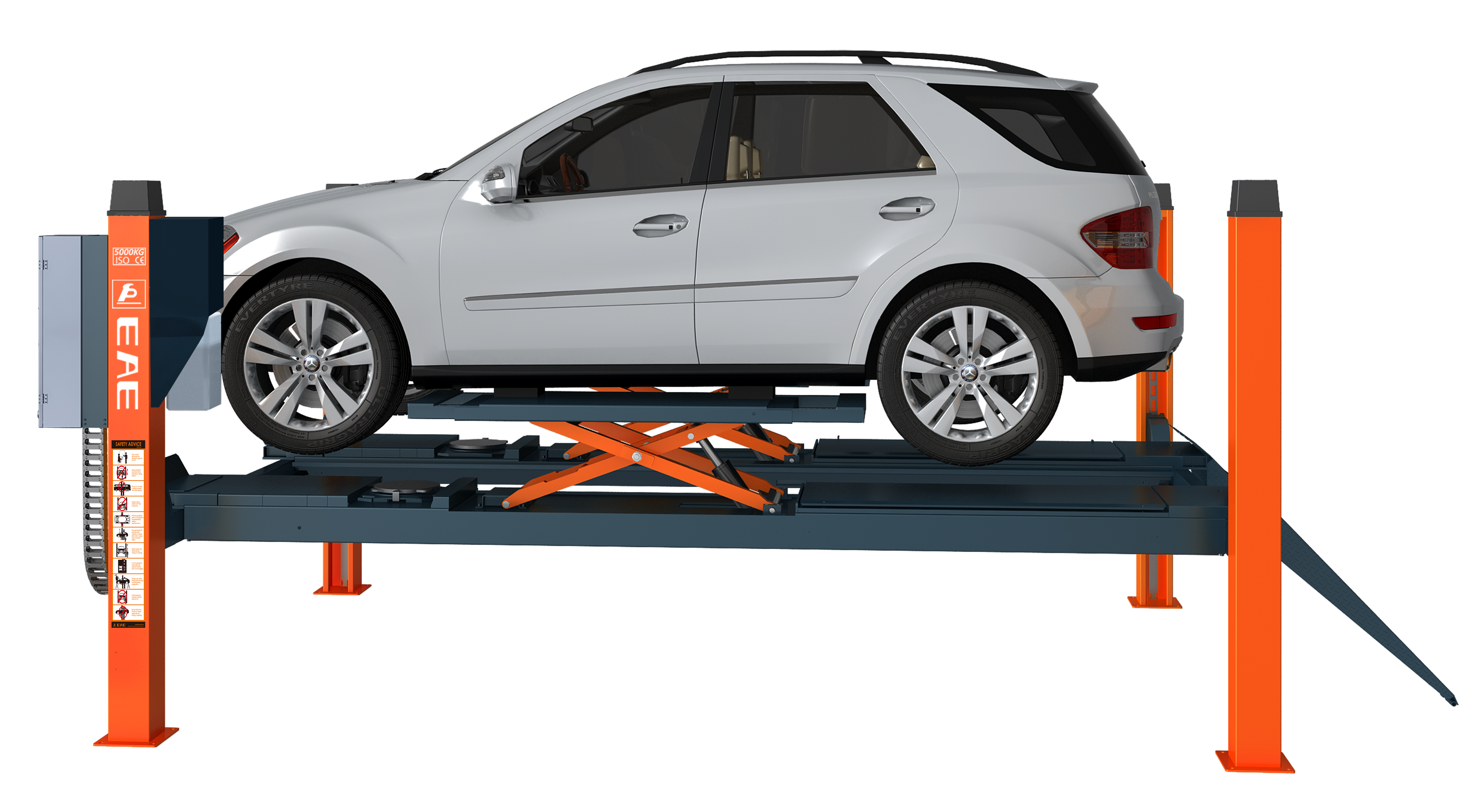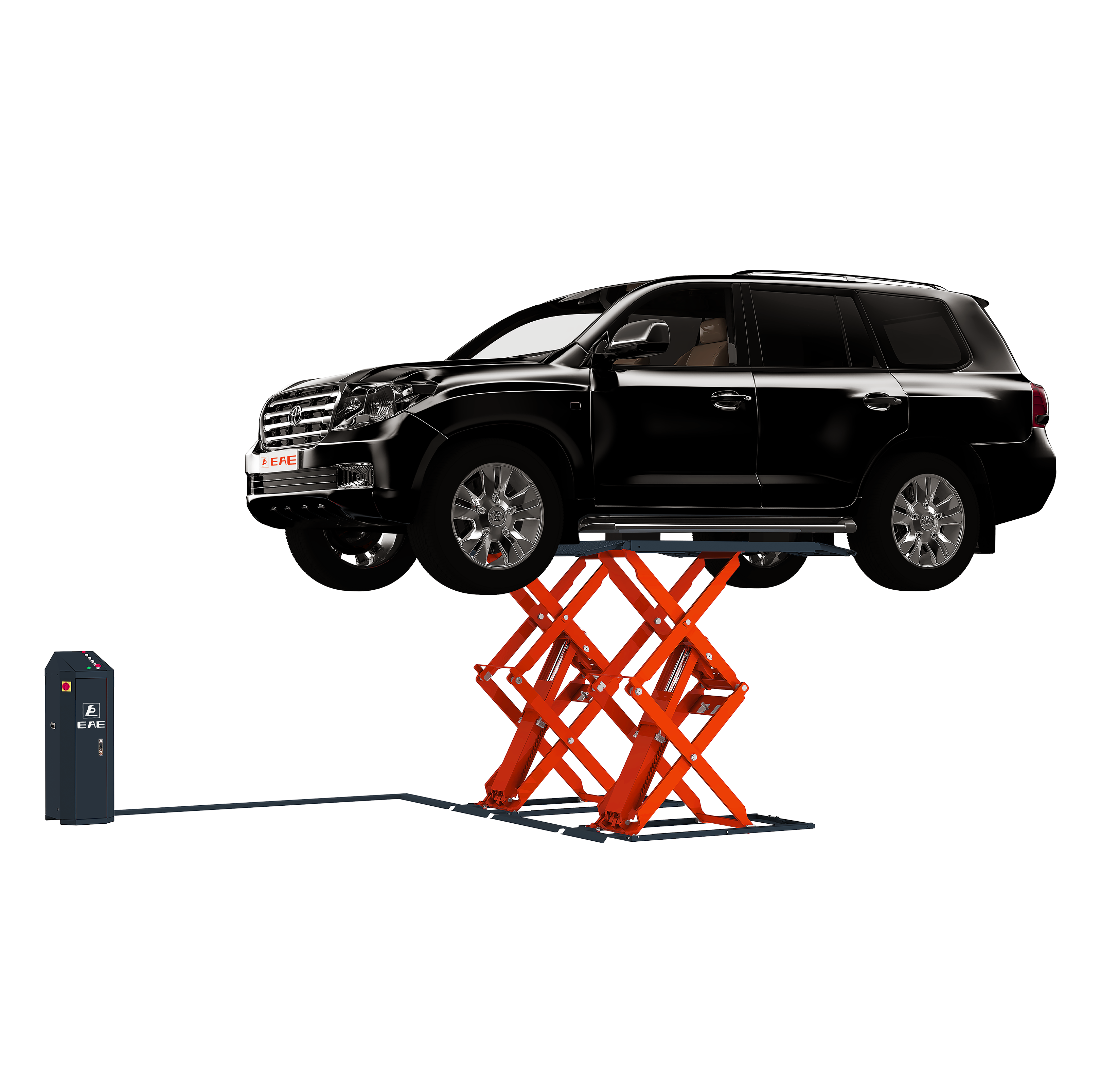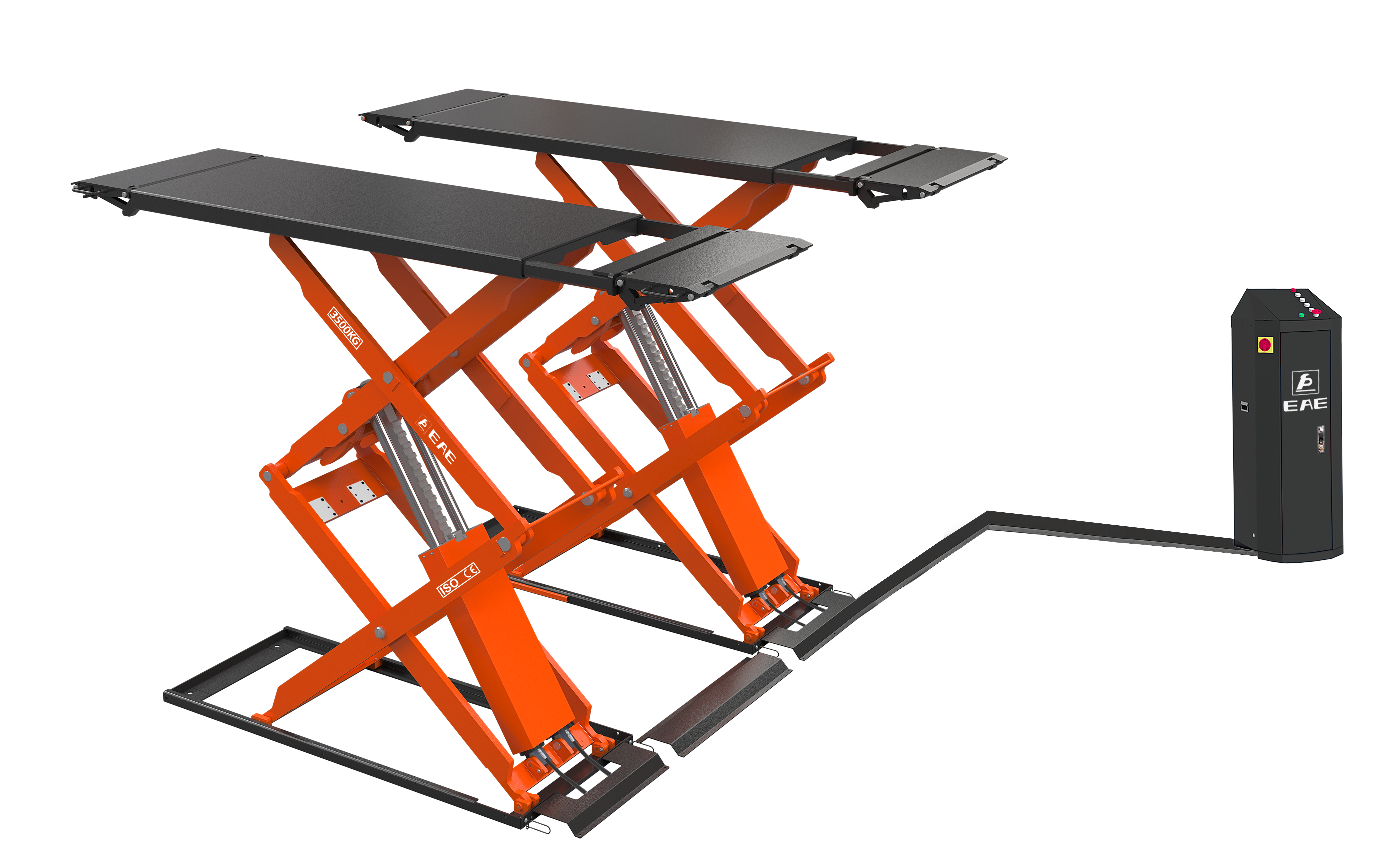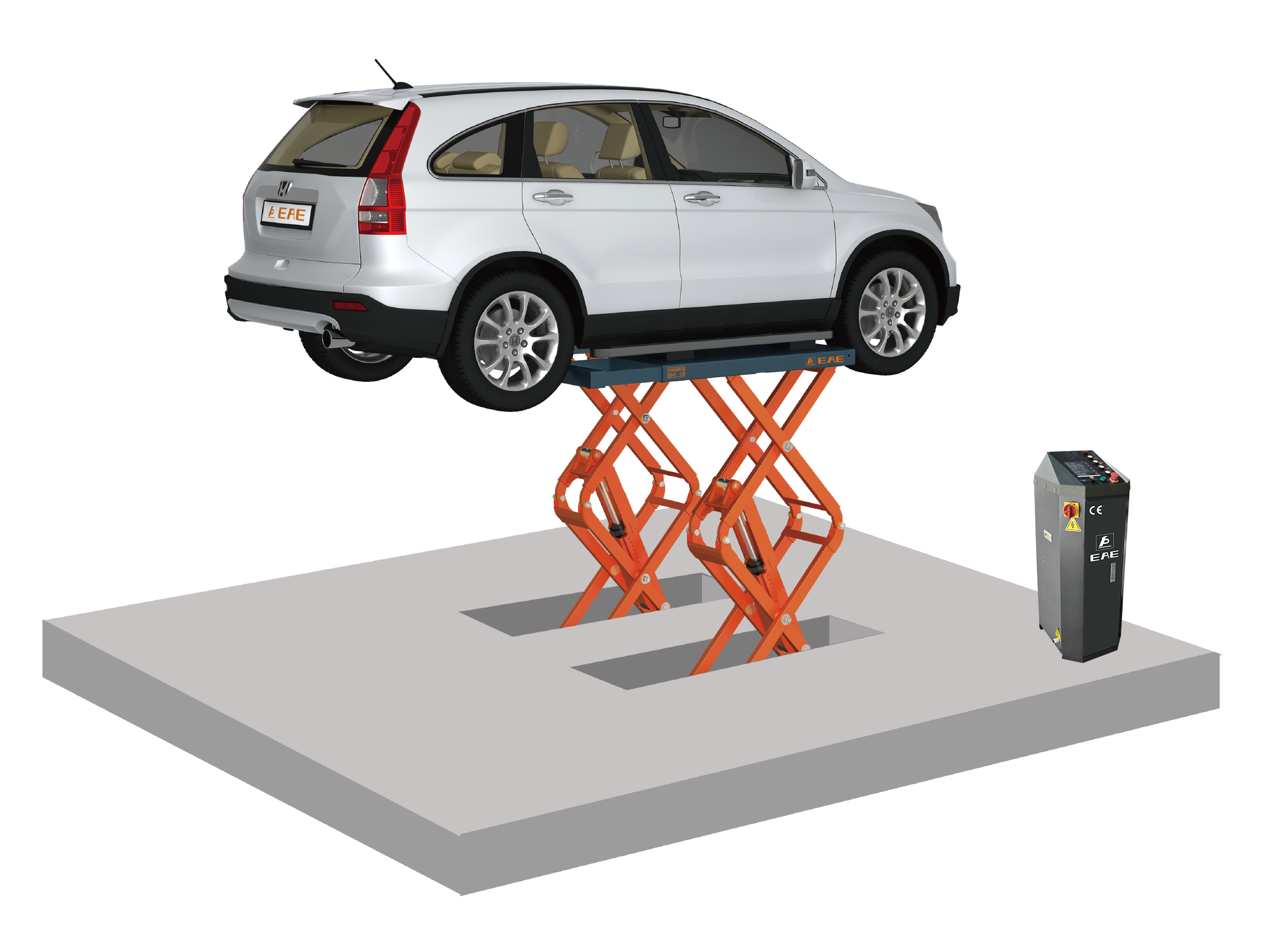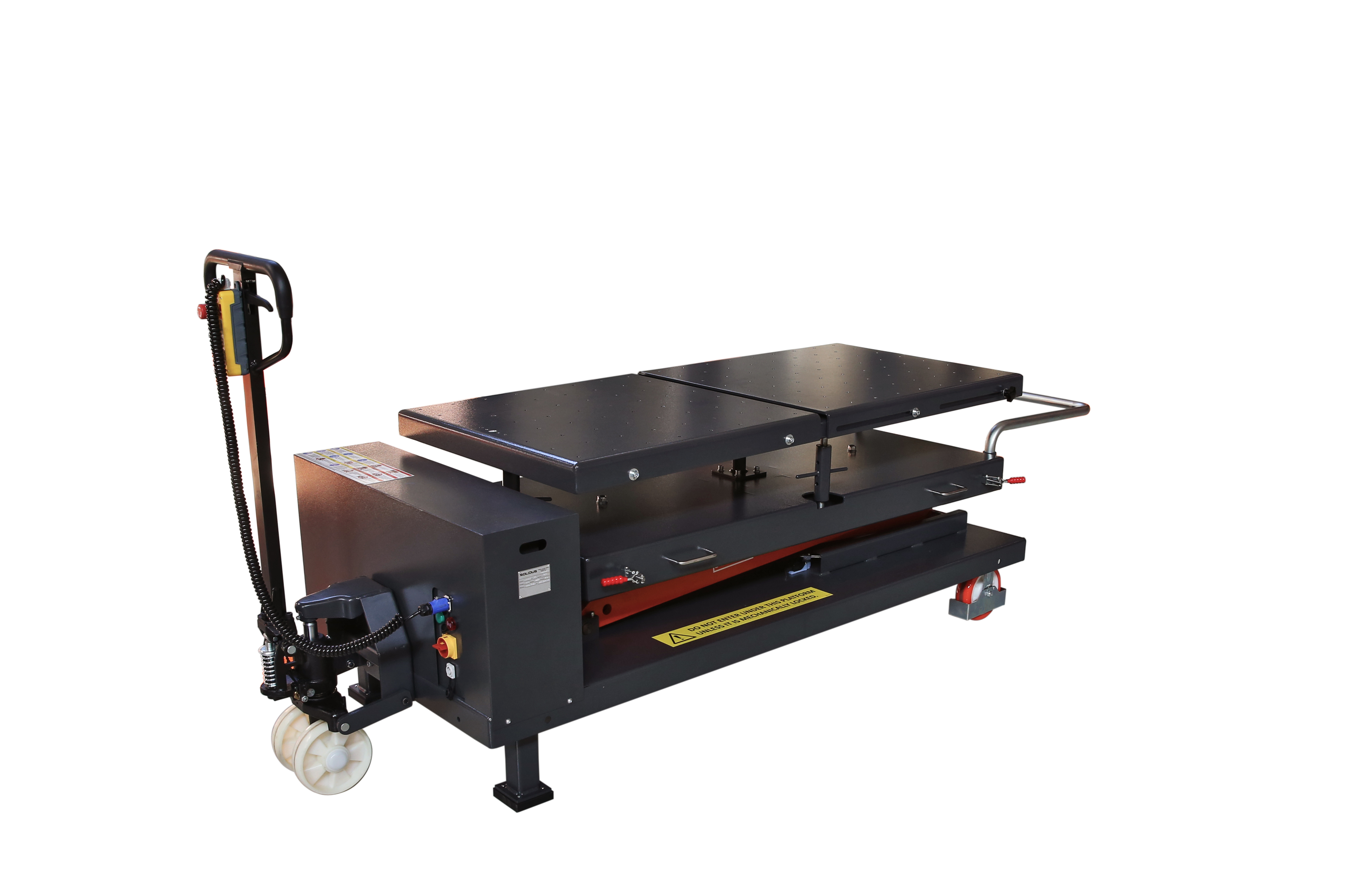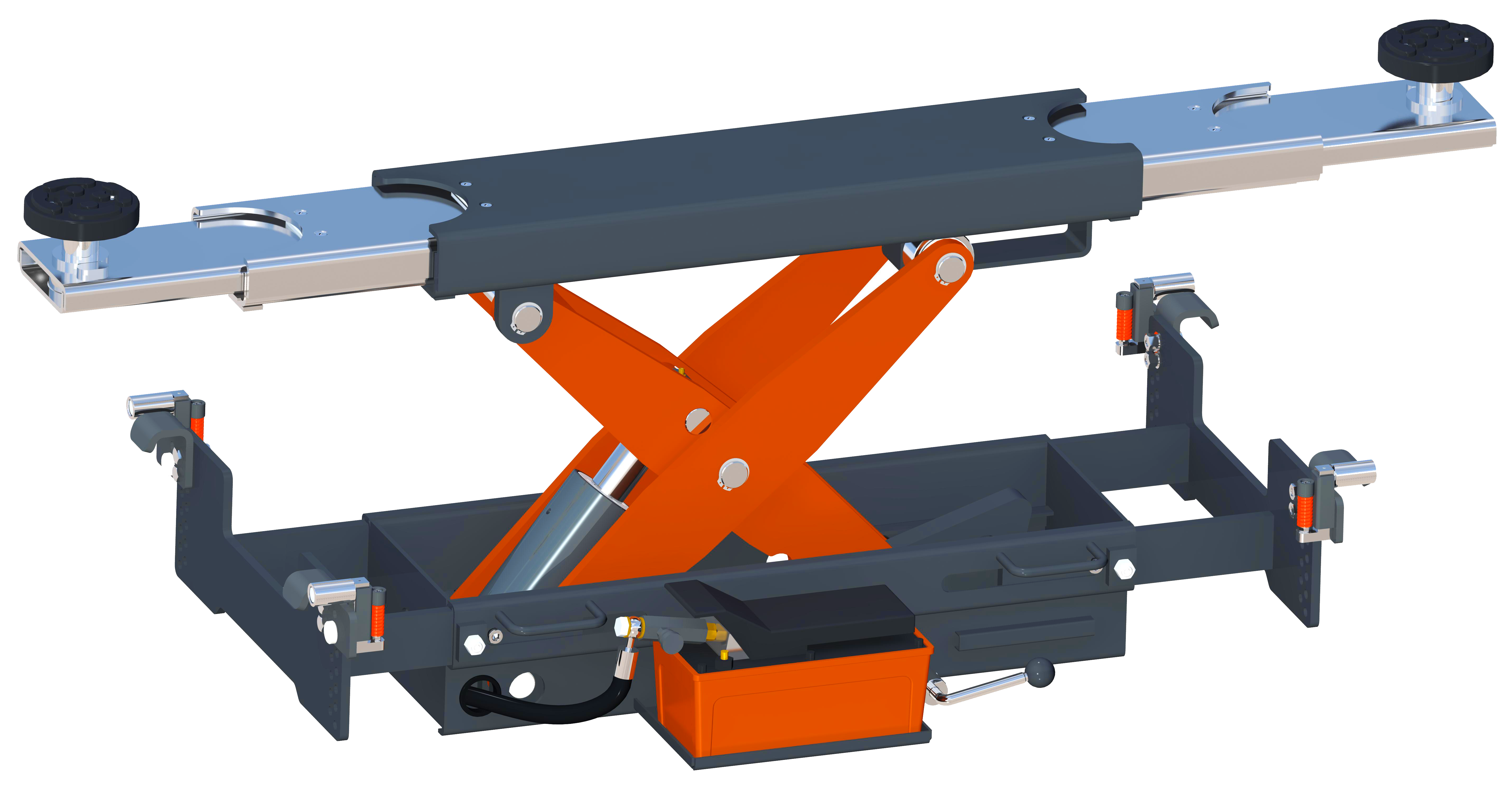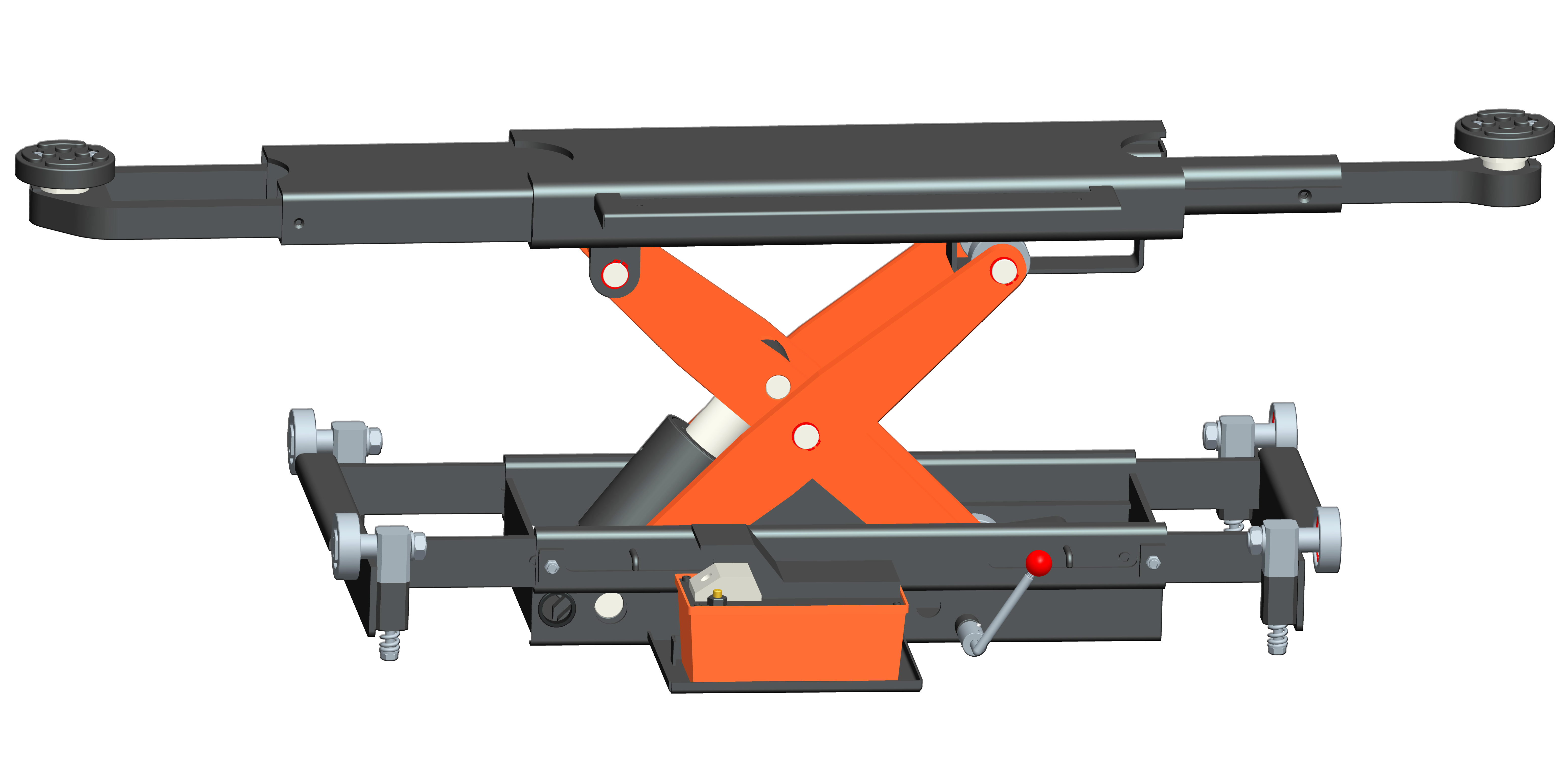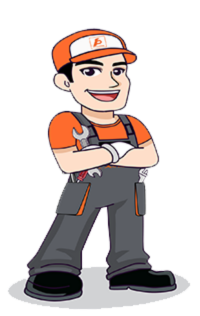
-
Home
-
Vehicle Lift
-
Two Post
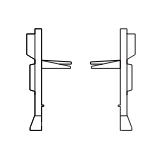
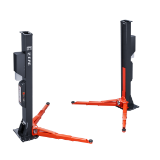
-
Four Post

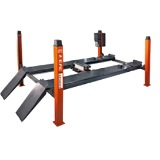
-
Short platform

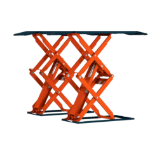
-
Long Platform

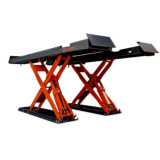
-
Heavy Duty

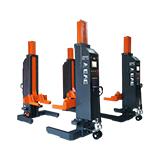
-
Motorcycle Lift
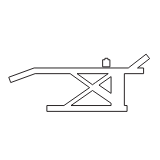
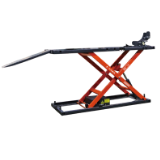
-
Lifting Table

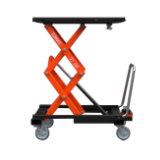
-
Rolling Jack

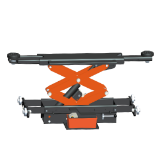
-
-
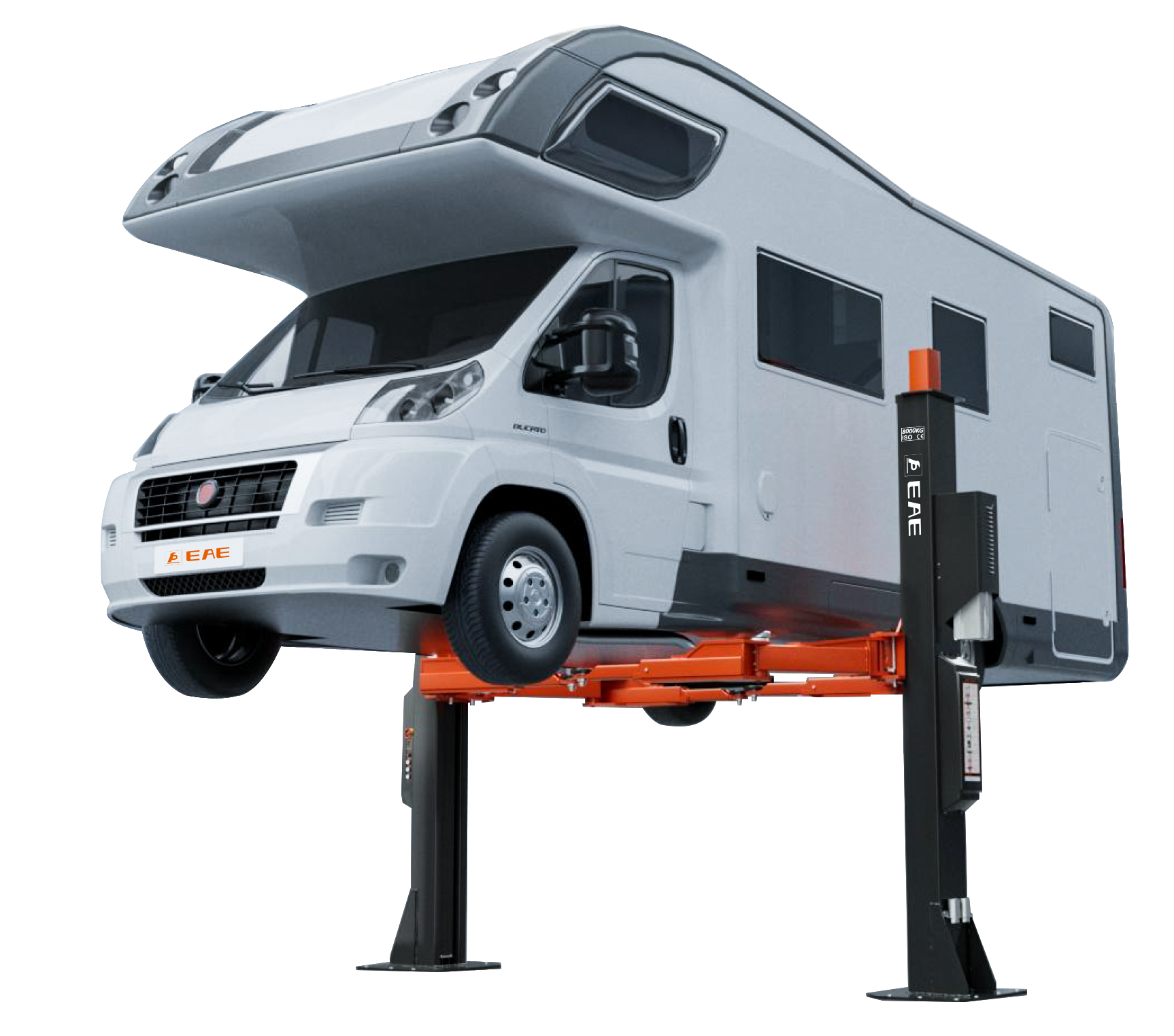 More
MoreE28 | 18000LBS
Two independent columns


78 3/4"
Max Lifting Height
8 3/4"
Min Height
114 1/4”-129 5/8"
Drive-through width
55s
Lifting Time
130
Min Height
2000
Max Lifting Height
55
Lifting Time
2900-3300
Platform Length
With the maximum capacity being up to 18000lbs, it is especially suitable for lifting large Pick-ups, MPVs, Vans, medium buses and loaded vehicles.More
-
-
-
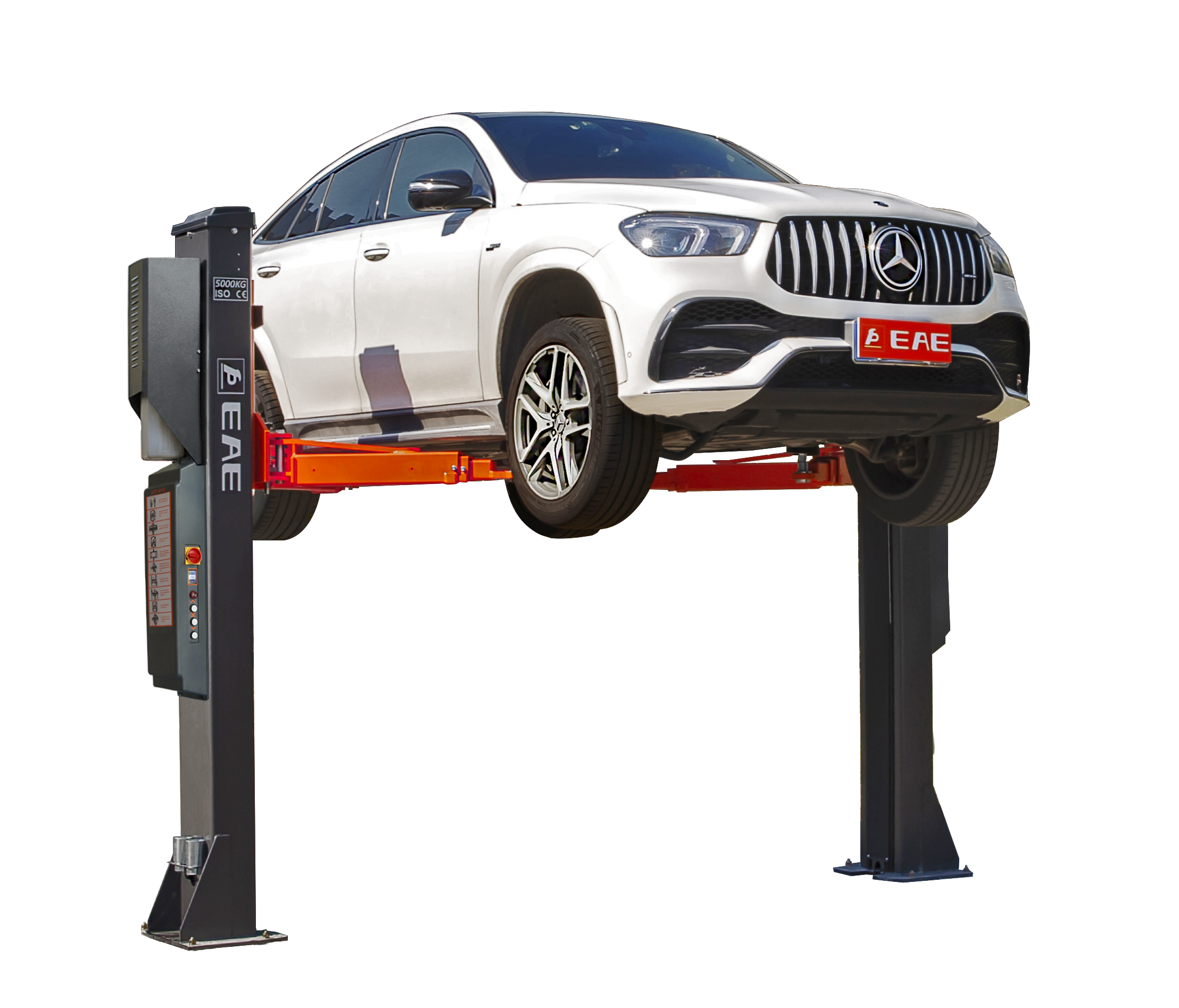 More
MoreE25 | 11000LBS.
Two independent columns


78 3/4"
Max Lifting Height
3 3/4”
Min Height
114 1/4”-129 3/4”
Drive-through width
25S
Lifting Time
110
Min Height
2000
Max Lifting Height
25
Lifting Time
2900-3300
Drive-through Width
With a maximum capacity of 5000kg(11000lbs), it is especially suitable for lifting large pickups, SUVs, MPVs, vans, small caravans, medium buses and light trucks; No more obstructions at your feet and let you and your tool cart move easier under the lifted vehicle.More
-
-
-
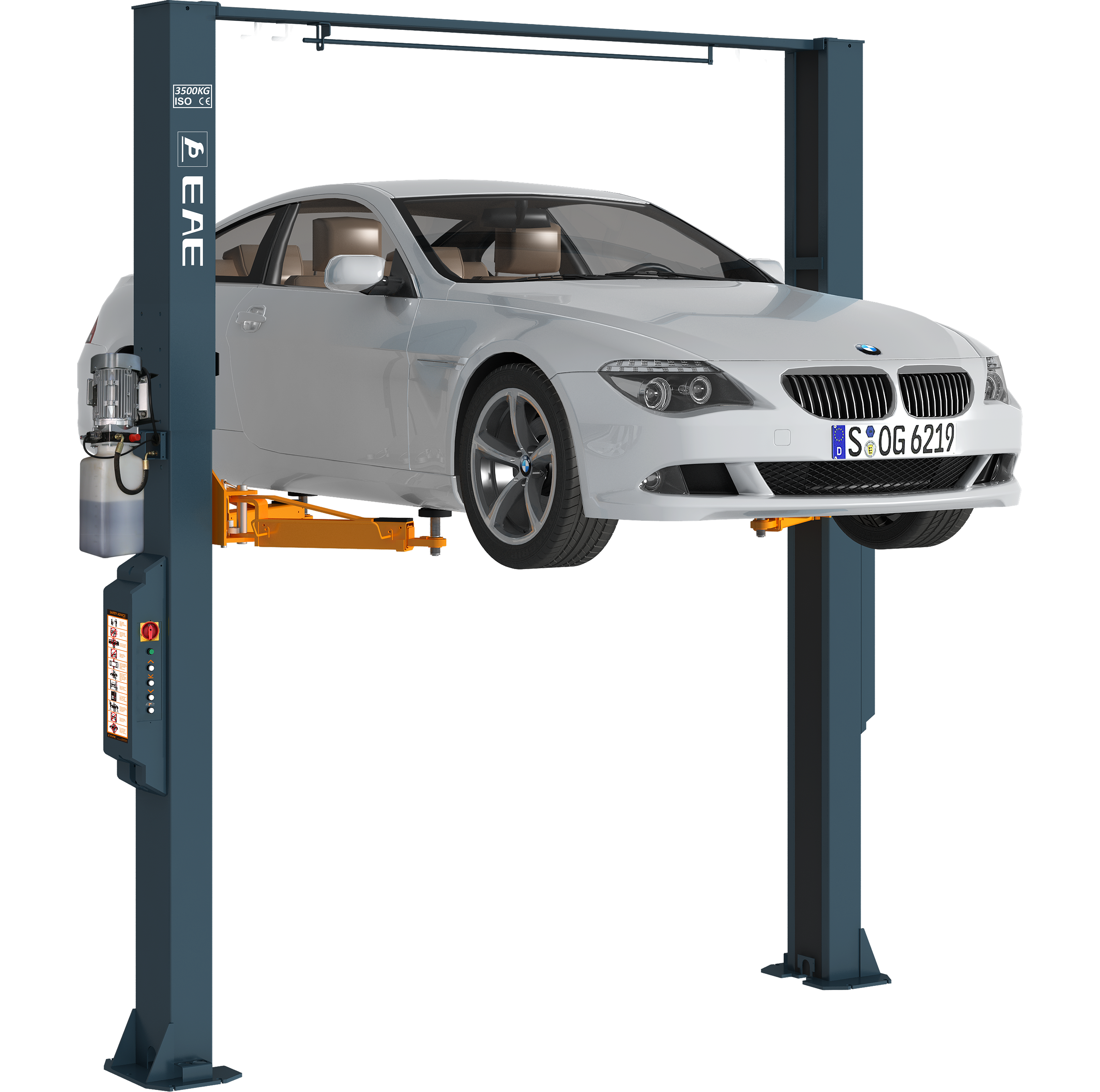 More
More62C | 11000lbs./13200lbs.
Two post lift with APS technology


74 3/4"
Max Lifting Height
3 3/4"
Min Height
113 1/8"
Drive-through width
35s
Lifting Time
100
Min Height
1900
Max Lifting Height
35
Lifting Time
3006
Drive-through Width
With APS technology (Accurate Parking System);One hand and one side operation.More
-
-
-
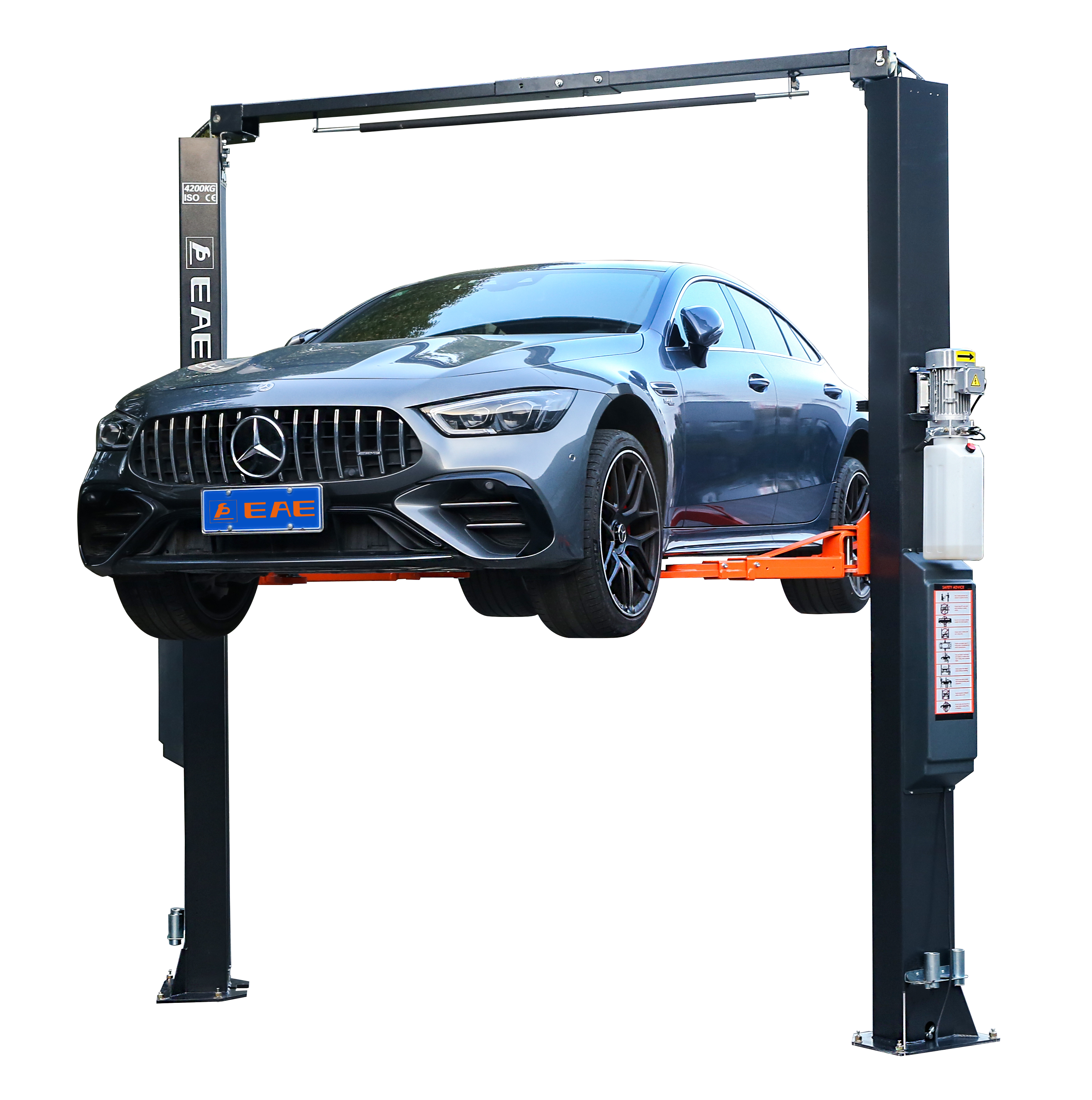 More
More62C | 7700lbs. /9300lbs.
Two post lift with APS technology


74 3/4"
Max Lifting Height
3 3/4"
Min Height
152 1/4" | 169 1/4"
Overall Height
113 1/8" | 118 3/4
Drive-through width
35s
Lifting Time
More95
Min Height
1900
Max Lifting Height
35
Lifting Time
0
Platform Width
0
Platform Length
2545/2698
Drive-through Width
-
-
-
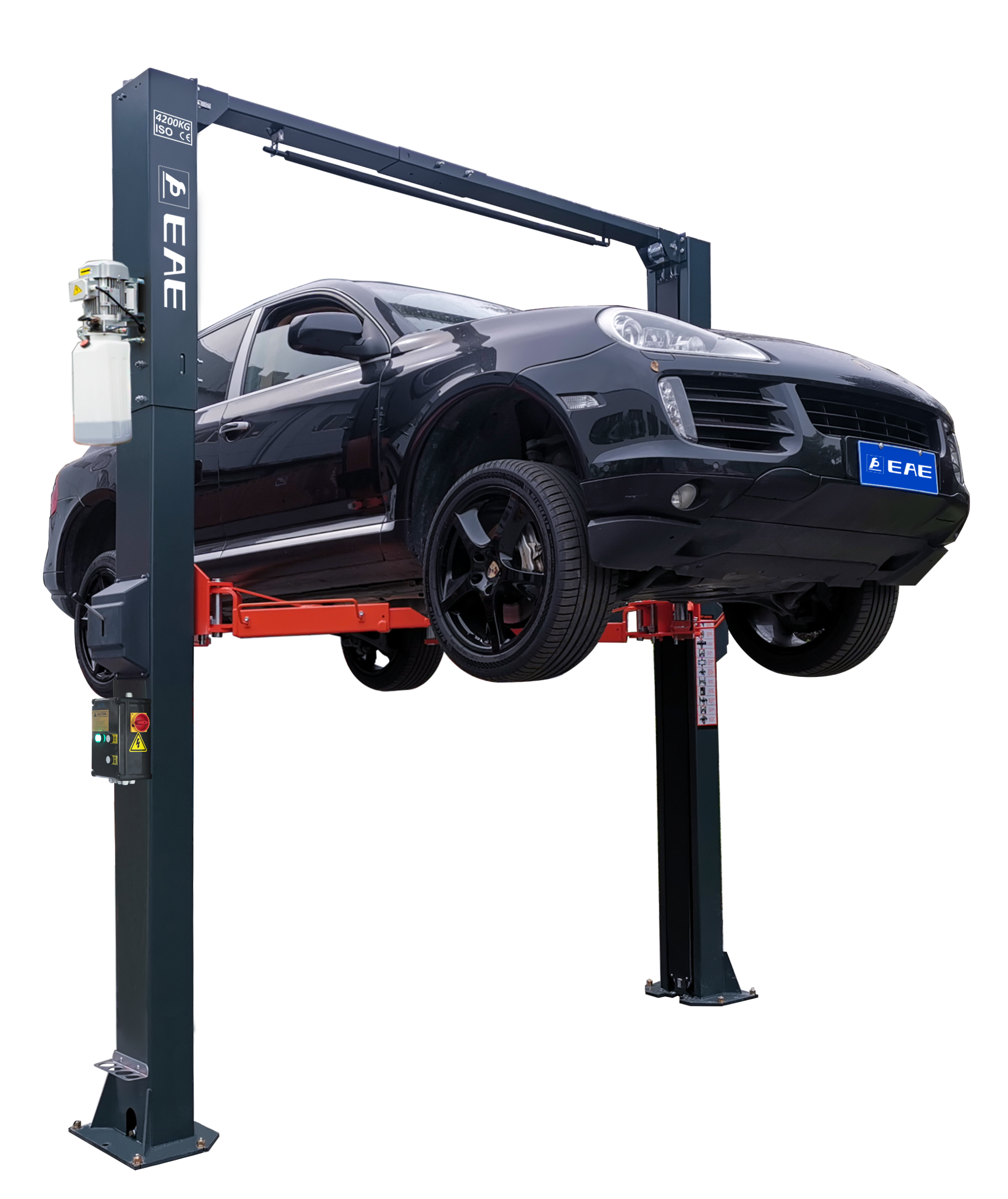 More
MoreC12/C10/C9 | 12000LBS./10000LBS./9000LBS.
Spray BoothSpray BoothSpray Booth


74 3/4"
Max Lifting Height
3 3/4"
Min Height
111 1/2"
Drive-through width
55s
Lifting Time
95
Min Height
1900
Max Lifting Height
55
Lifting Time
2558
Drive-through Width
Clear floor design for easy movement of maintenance equipment under the raised vehicle;Simply push one button for lowering.More
-
-
-
 More
More6435BPD | 10000LBS. / 12000LBS.
Four Post Lift


8 7/8"
Max Lifting Height
7 1/8"
Min Height
192 1/8"
Platform Length
24 3/4"
Platform Width
65s
Lifting Time
180
Min Height
1830
Max Lifting Height
40
Lifting Time
630
Platform Width
5780
Platform Length
MOT four post lifts for Class IV&VII vehicles;Electrical Safety Lock Release System (E version).More
-
-
-
 More
More6445P | 10000LBS.
Parking Lift
-
-
-
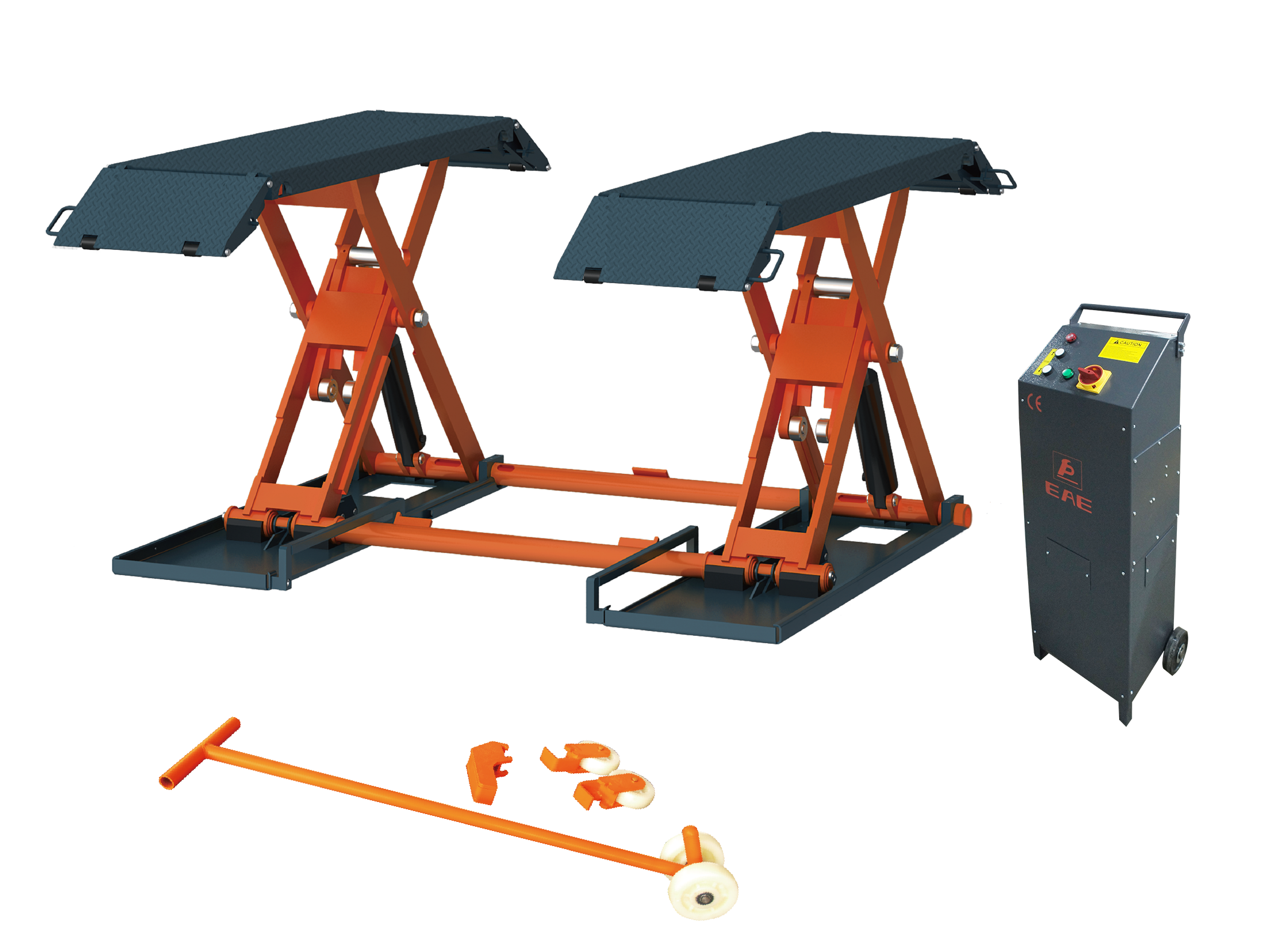 More
MoreMR35 | 3.5T
Mid Rise Scissor Lift


39 3/8"
Max Lifting Height
4 1/4"
Min Height
79 5/8"
Platform Length
30s
Lifting Time
110
Min Height
1000
Max Lifting Height
25
Lifting Time
460
Platform Width
2028
Platform Length
110mm drive-on height; Starting-Up plate, for easy raising from low point; Mobile or fixed mount design.More
-
-
-
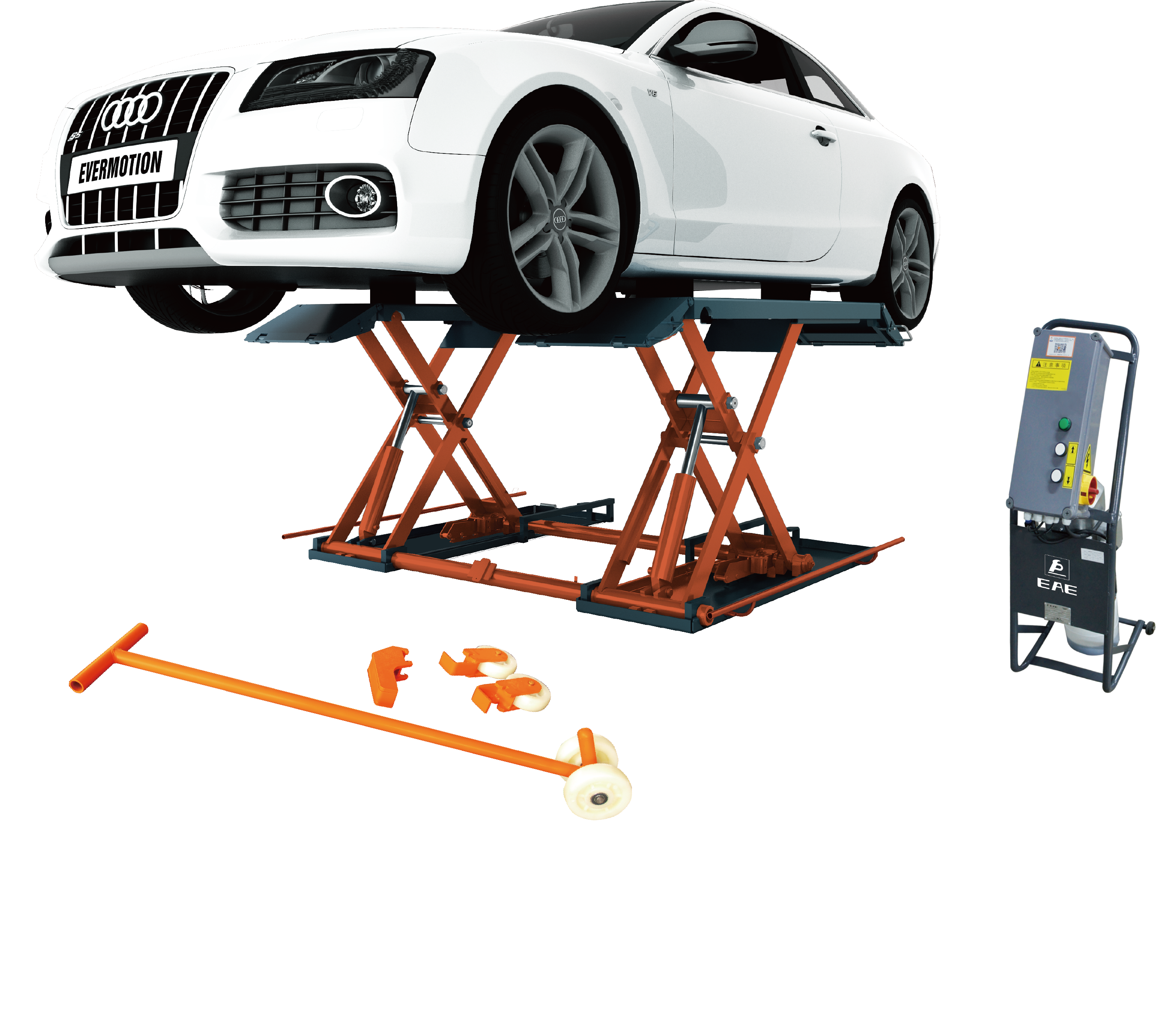 More
MoreMR30 | 3.0T
Mid Rise Scissor Lift


39 3/8"
Max Lifting Height
4 1/4"
Min Height
79 5/8"
Platform Length
30s
Lifting Time
105
Min Height
1000
Max Lifting Height
30
Lifting Time
460
Platform Width
2028
Platform Length
105mm drive-on height; Double safety ,hydraulic and mechanical; Mobile or fixed mount design.More
-
-
-
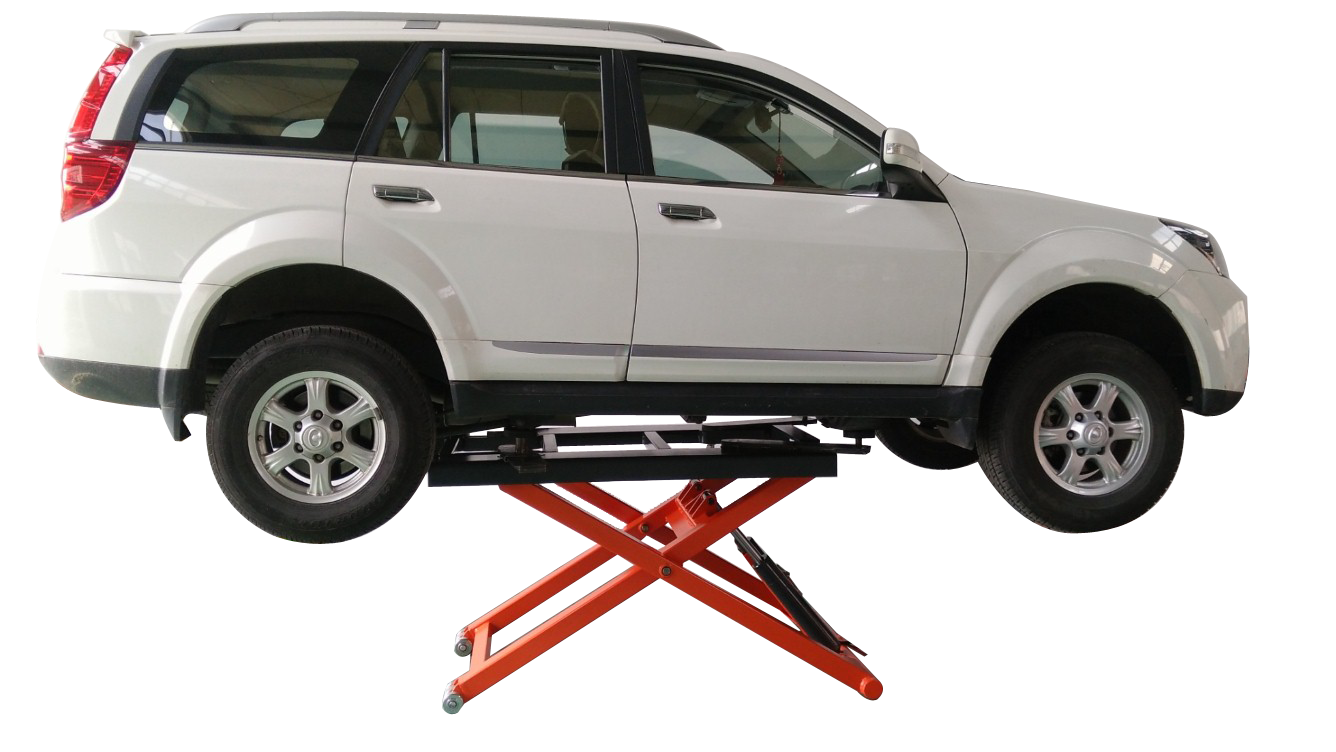 More
MoreTS6600 | 3.0T
Mid Rise Scissor Lift


47 1/4"
Maximum Height
5 1/4" + 1 1/4"
Minimum Height
2 3/8"
Platform length
40s
Lifting Time
135+30
Min Height
1200
Max Lifting Height
40
Lifting Time
1004
Platform Width
1550
Platform Length
Portable, easy to move; Double safety ,hydraulic and mechanical.More
-
-
-
 More
MoreHX6 | 15000LBS.
Long Platform Scissor Lift


82 3/8"
Max Lifting Height
14 1/4"
Min Height
213 3/4"
Platform Length
25 3/4"
Platform Width
70s
Lifting Time
380
Min Height
2100
Max Lifting Height
50
Lifting Time
750
Platform Width
5424
Platform Length
6-8bar
Air Supply
Electrical levelling; Standard Wheel Free Lift.More
-
-
-
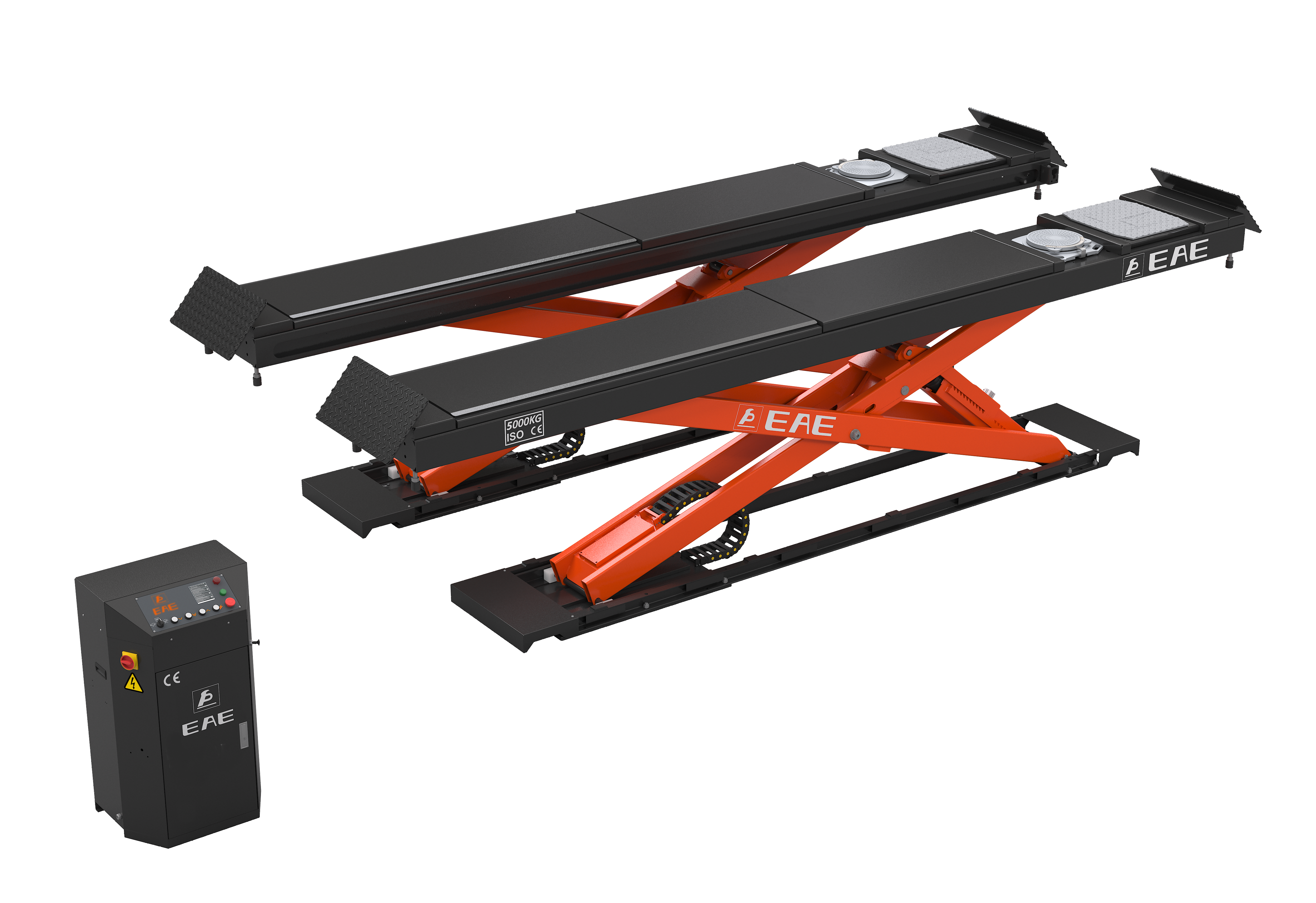 More
MoreHX50 | 12000LBS.
Alignment Scissor Lift


70 7/8"
Max Lifting Height
12 1/4"
Min Height
200 3/4"
Max. Length
25s
Lifting Time
310
Min Height
2130
Max Lifting Height
25
Lifting Time
650
Platform Width
5100
Platform Length
6-8bar
Air Supply
Max. lifting height 1800mm above floor; 5100mm long flat runways for general service use; Infrared synchronization protection system.More
-
-
-
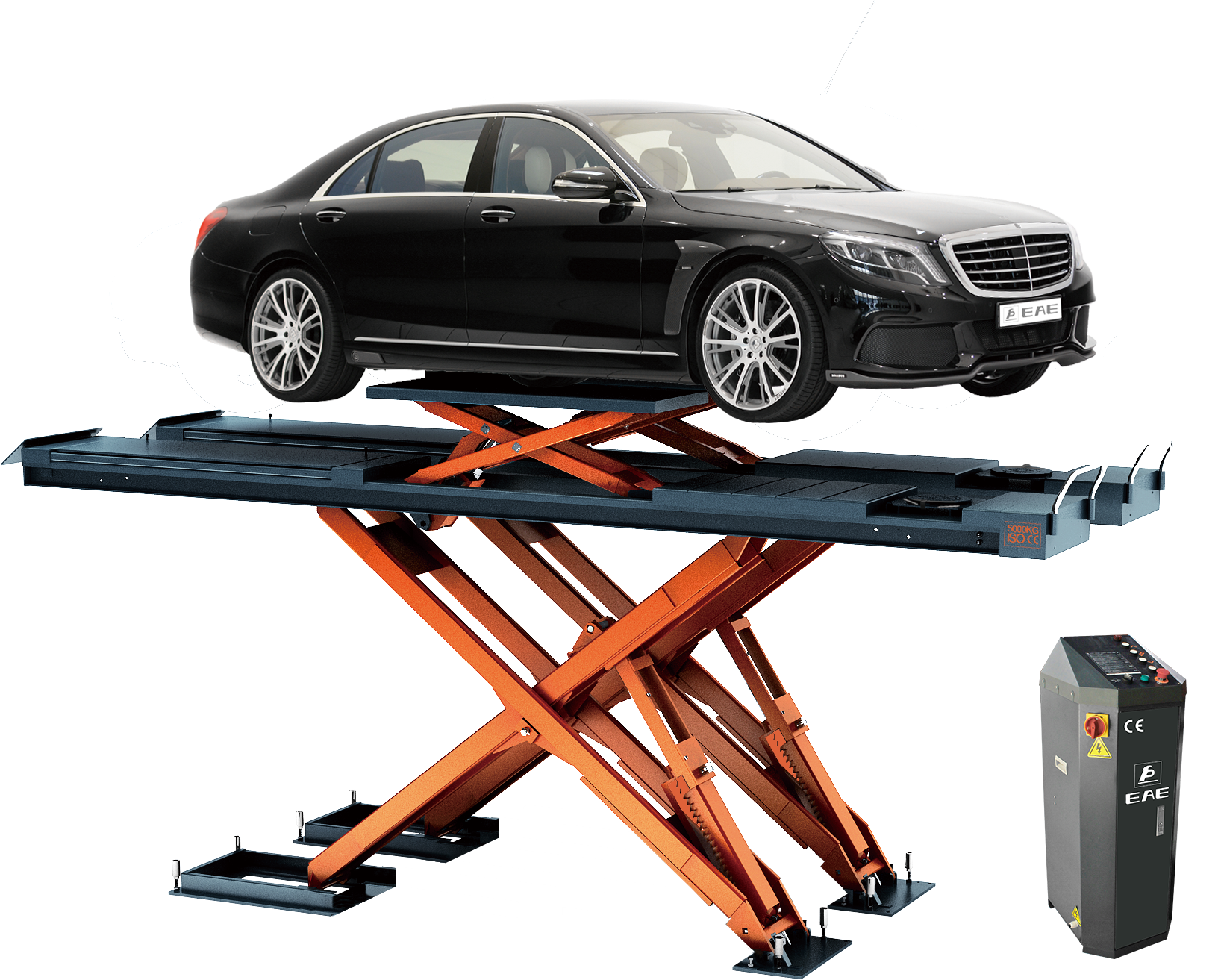 More
More6603 Series | 10000LBS./12000LBS.
Alignment Scissor Lift


81 1/8"
Max Lifting Height
14 1/4"
Min Height
213 7/8"
Platform Length
50s
Lifting Time
360
Min Height
2060
Max Lifting Height
50
Lifting Time
610
Platform Width
4800/5100
Platform Length
5000kg lifting capacity; 5100mm Max. Platform Length; Automatic Leveling System; Standard Wheel Free Lift.More
-
-
-
 More
More6604 Series | 8800lbs.
Low Profile Scissor Lift


74 3/4"
Maximum Height
7 1/16"
Minimum Height
60s
Lifting time
196 7/8"
Platform Length
7 1/8"
Platform width
180
Min Height
1900
Max Lifting Height
60
Lifting Time
660
Platform Width
5000
Platform Length
4000kg lifting capacity; 180mm Drive-on height; Surface installation, no concrete works needed ramps included; Standard Wheel Free Lift.More
-
-
-
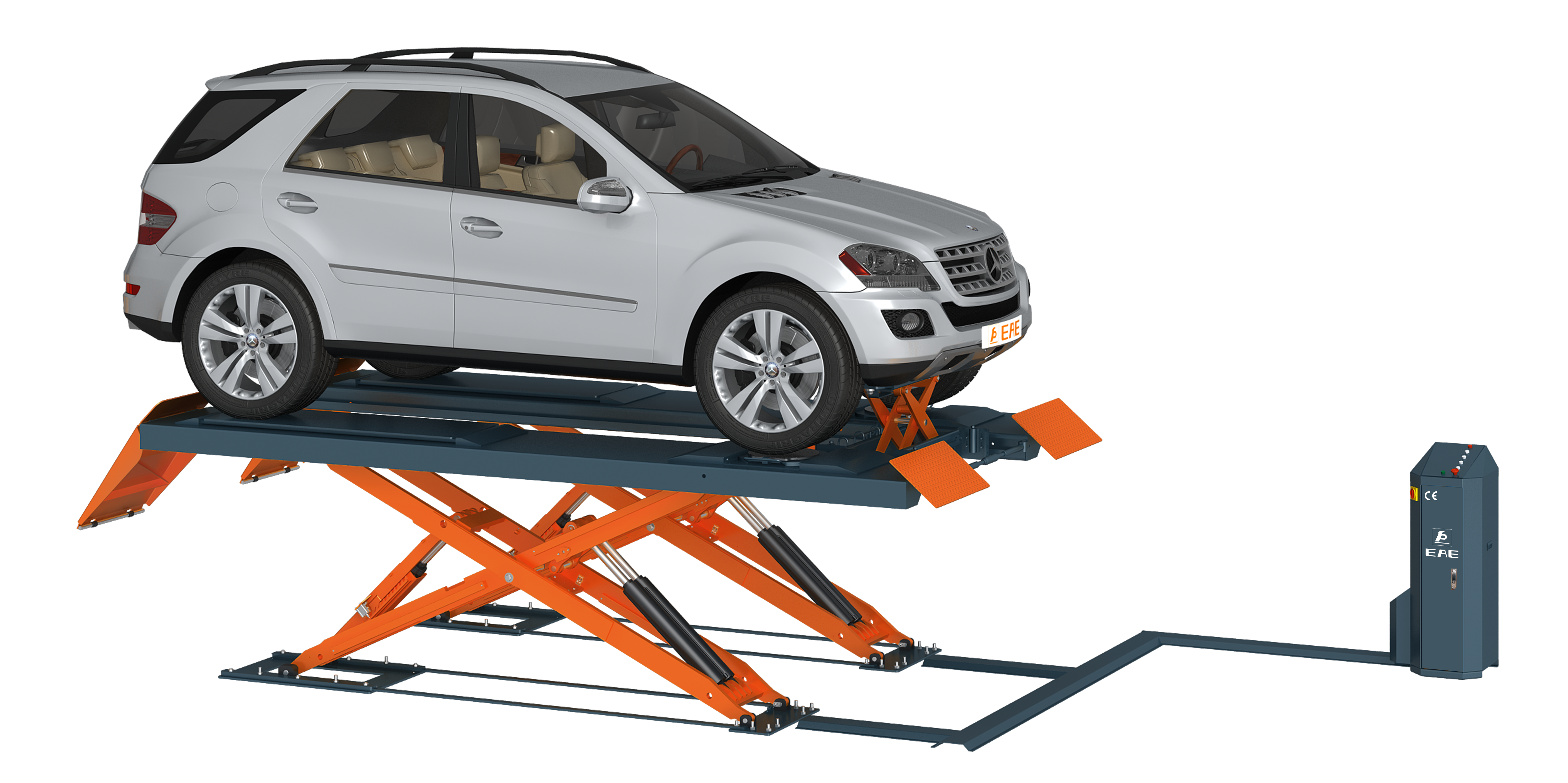 More
MoreLX35 | 7700LBS.
Low Profile Scissor Lift


72 5/8"
Max Lifting Height
5 1/2"
Min Height
55s
Lifting Time
177 1/4"
Platform Length
26 3/4"
Platform Width
140
Min Height
1850
Max Lifting Height
55
Lifting Time
680
Platform Width
4500
Platform Length
Long slip plate and adjustable turntable positions for alignment use;3500kg lifting capacity; 140mm Drive-on height;Add-On Wheel Alginment runway kit.More
-
-
-
 More
MoreHDM Series | 18000LBS./22000LBS.
Heavy Duty Mobile Column


70 7/8"
Maximum Height
19 3/4" - 49 1/4"mm
Applicable Tire Diameter
48
Maximum Columns
80s
Lifting Time
159
Min Height
1800
Max Lifting Height
85
Lifting Time
500-1250
Accommodates Tire Diameter
18000LBS./22000LBS. capacity per column; Wireless Communication; STM32 microchip technology in the control system; Communicate wirelessly by WLAN or be connected by cables.More
-
-
-
 More
MoreMLH10/MLH10D | 2200LBS.
Heavy-duty Motorcycle Lift


47 1/4mm
Max Lifting Height
7 5/8"
Min Height
30s
Lifting Time
85 5/8"
Platform Length
40 3/4"
Platform width
160
Min Height
1200
Max Lifting Height
30
Lifting Time
800+240
Platform Width
2000
Platform Length
Hydraulic driven system, smooth running;Applicable to motorcycles, ATVS, lawn mower etc.More
-
-
-
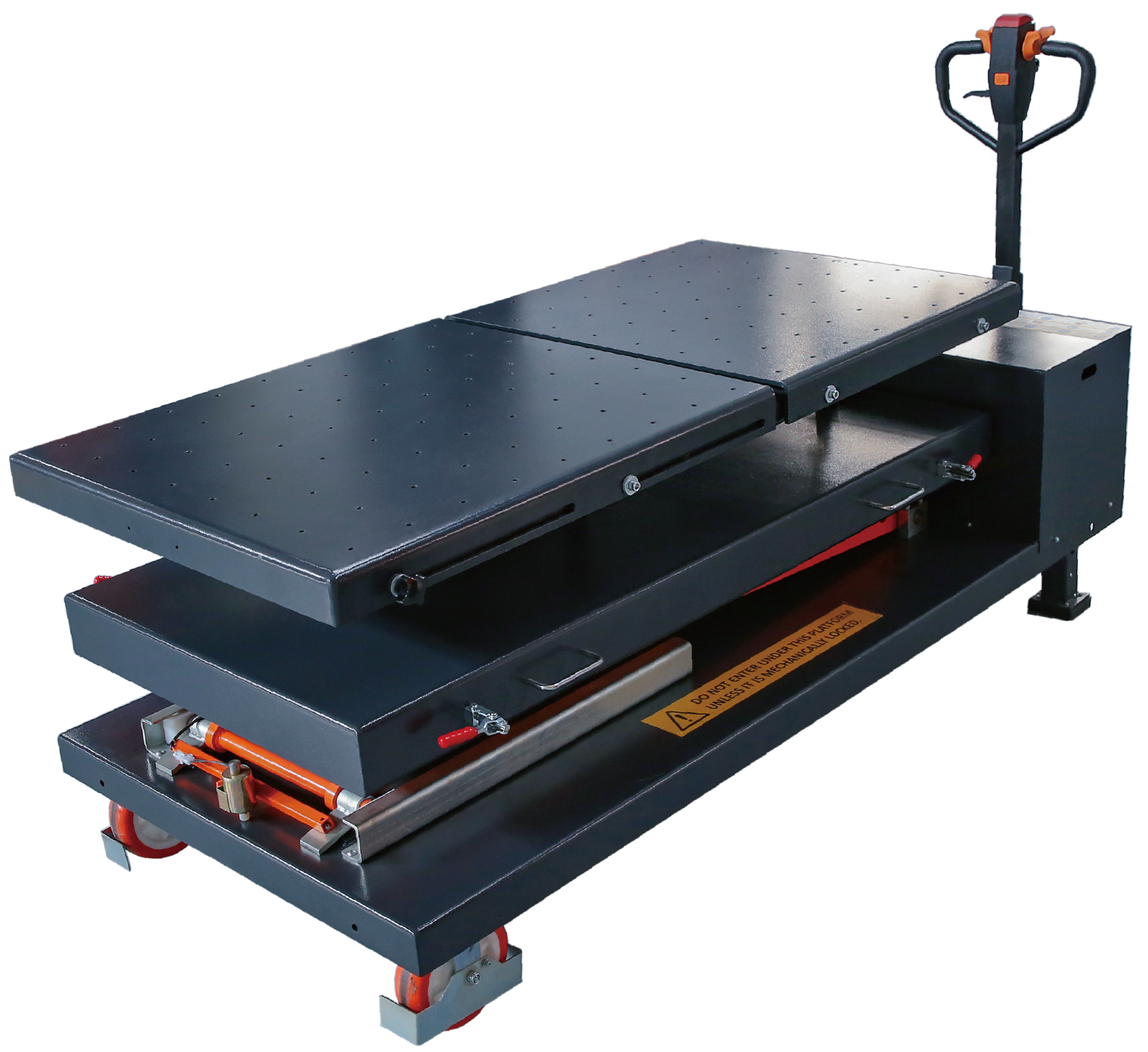 More
MoreMS12MF | 3000LBS.
Hydraulic Mobile Lifting Table


71 1/4"
Max Lifting Height
68 1/2"
Platform Length
31 1/2"
Platform Width
45s
Lifting Time
800
Min Height
1810
Max Lifting Height
45
Lifting Time
800
Platform Width
1741+325
Platform Length
This mobile lifting table is designed for dismantling and fixing batteries of electric vehicles as well as engine, gearbox, drive axle, fuel tank,suspension, bracket and chassis components of traditional vehicles.More
-
-
-
Company
-
Service and Support
-
Manufacturers Approvals
-
FAQ
-
News
Contact

